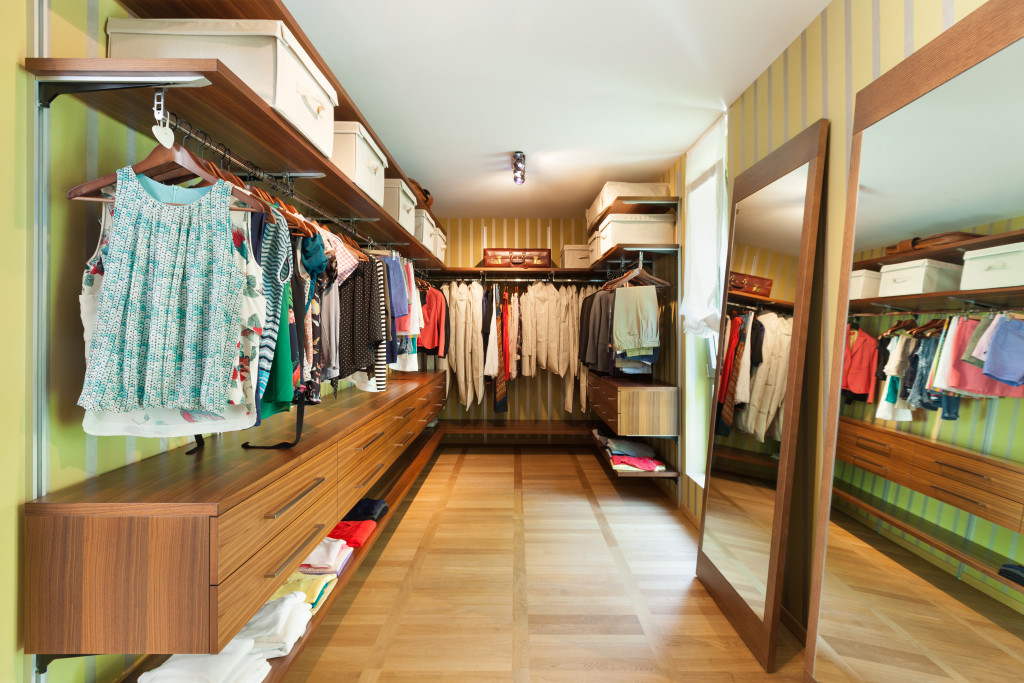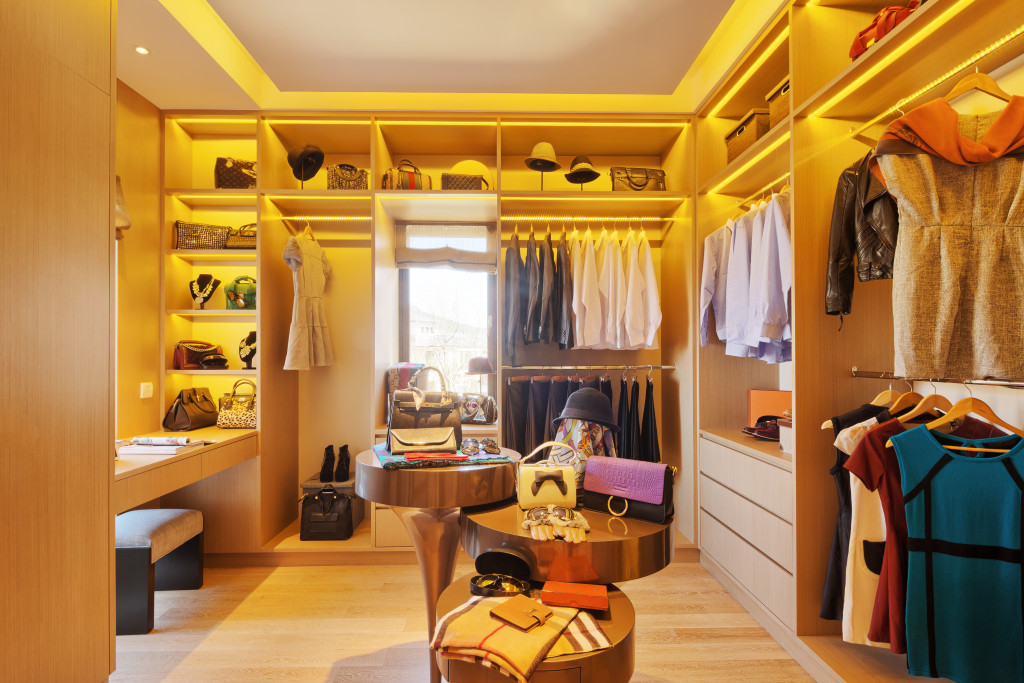At some point, everyone probably has complained about not having enough closet space, especially in the United States, where shopping seems to be a national past-time. Despite the limitations in space, people continue to accumulate more and more stuff.
Previous reports revealed that an average American home has around 300,000 items. Many households have to use their garages or rent off-site facilities for storage. A lot of these items are clothing. Back in 1930, an average American woman only owned about nine outfits. Now, an average American woman has 30 – one outfit for every day of the month.
Why Consumers Collect Clothes
Buying too many clothes is not a problem, as long as you have the money and the space for it. Clothes nowadays are cheaper thanks to overseas manufacturing and sourcing. In places like China and Bangladesh, the cost of labor is low, allowing brands to earn a sizable sum still while keeping the price of goods affordable to most. So, even if Americans buy more clothes, they are not exactly spending more.
According to data, from the 1900s to the 1950s, consumers spent about 12-14 percent of their annual income on clothing. Nowadays, Americans spend only 3 percent of their annual income.
Moreover, shopping is addictive, especially now that it is more accessible through a mobile phone. Buying an item gives pleasure or feelings of satisfaction. People shop because they are under a lot of stress, they want to build their sense of self, or they simply are bored.
A big wardrobe full of clothes has also become the ideal. People fawn over walk-in closets of celebrities such as Paris Hilton, Kendall Jenner, and Blake Lively have enviable wardrobes filled with expensive dresses, shoes, and bags. In Sex and the City, when Carrie Bradshaw (played by Sarah Jessica Parker) agreed to marry Mr. Big (played by Chris Noth), she asked for a really big closet instead of an expensive engagement ring. The American dream is to have a well-stocked wardrobe.
America Needs Bigger Closets

Now is the best time to explore a closet design franchise opportunity. American consumers already have so many clothes, and they are buying more.
In fact, over the past couple of years, more and more homeowners have been utilizing a spare bedroom as a walk-in closet. A wardrobe is no longer a dark and cramped space where pieces of clothing are stored and hidden from view. A walk-in closet is a personal sanctuary where people can dress up and feel luxuriated.
From regular hangers and metal racks in a walk-in closet, all pieces are displayed. The vibe is similar to boutiques or department stores where there are shelves, desks, mirrors, and even chandeliers.
Over the decades, the American closets only grew bigger and offered more storage solutions to accommodate the accumulation of more stuff.
By the year 2000, homeowners were collectively spending over a billion dollars a year on building the ideal closet. Aside from storage, people want their closets to be organized and easy to navigate so that, whenever they have to get dressed for work every morning, they do not have to stand in front of a pile of clothes and rummage through it to find what they are looking for.
The need for organization now that people have more and more stuff also gave birth to another industry: professional organizing.
Over the past decade, tidying and organizing gurus have emerged and gained a sizable following. First was Marie Kondo, a Japanese consultant whose method dubbed the KonMari captured the interest of the entire world through her best-selling books and hit reality television show. The Home Edit, a company that started with a duo cleaning up closets in Nashville, now has millions of followers on Instagram and their own reality show featuring famous clients on Netflix.
Pandemic Recovery Through Shopping
The American wardrobe and the need to continue shopping will not decline any time soon. The pandemic slowed down spending for certain products, but people continued to shop for goods that they wanted and needed. And, as soon as the restrictions were lifted, people went on shopping sprees, helping the economy recover from a historic recession and, once again, filling their home storage spaces.
People all over the world nowadays own so much stuff. The size of their house and the need for storage have also increased in the process. The wardrobe is among those that have grown and will continue growing as consumers collect more stuff. Many have already transformed their spare bedroom into their very own walk-in closet, but there is a need to lessen the demand for clothes. Could we do it?

